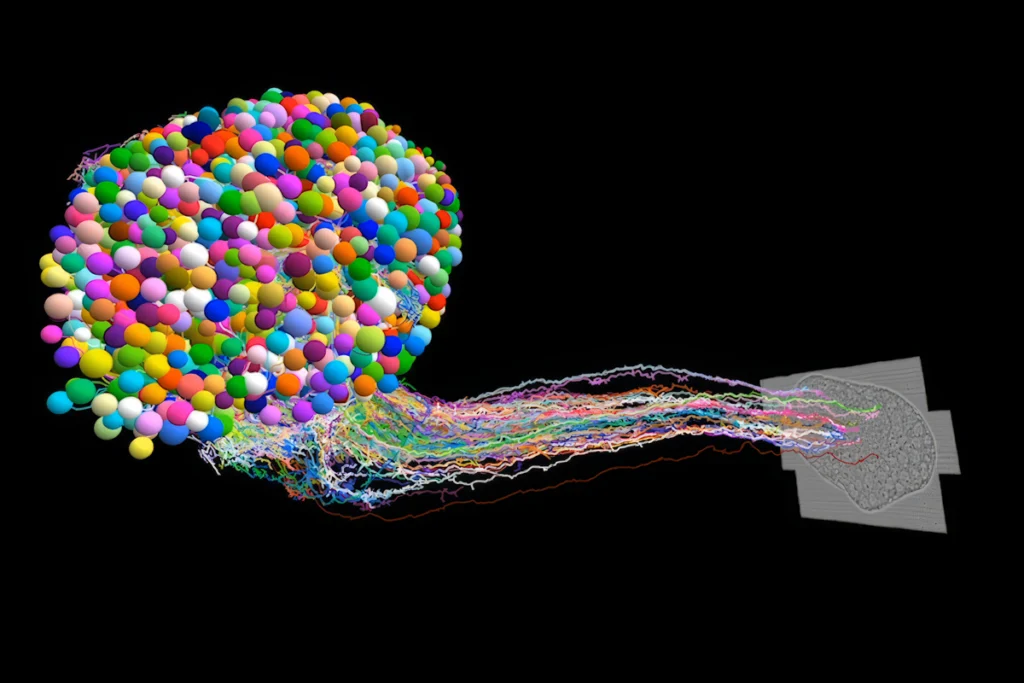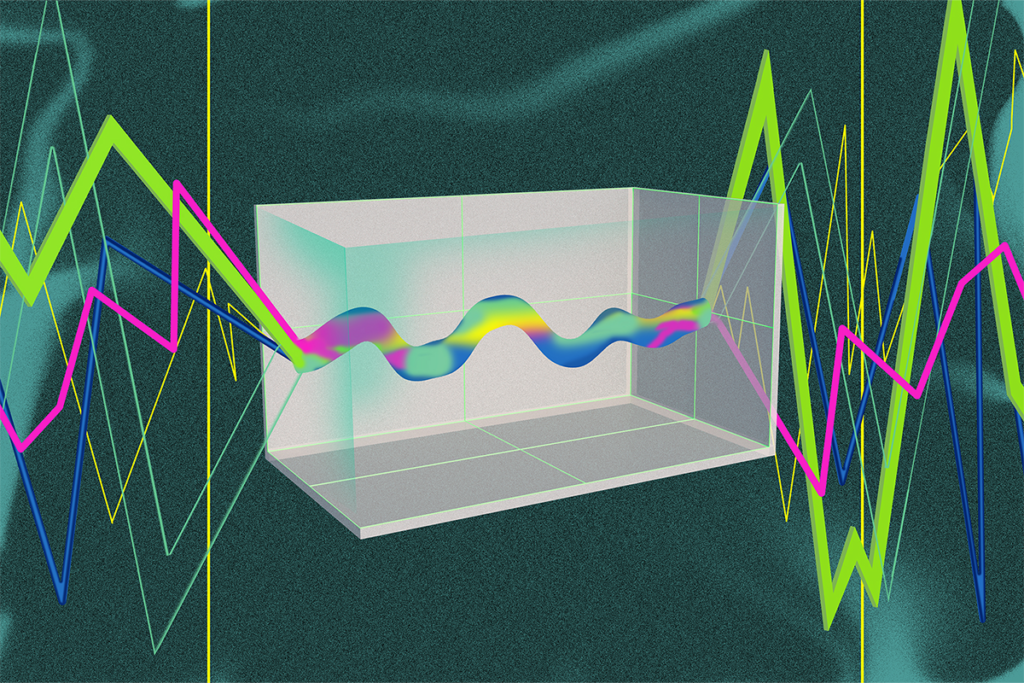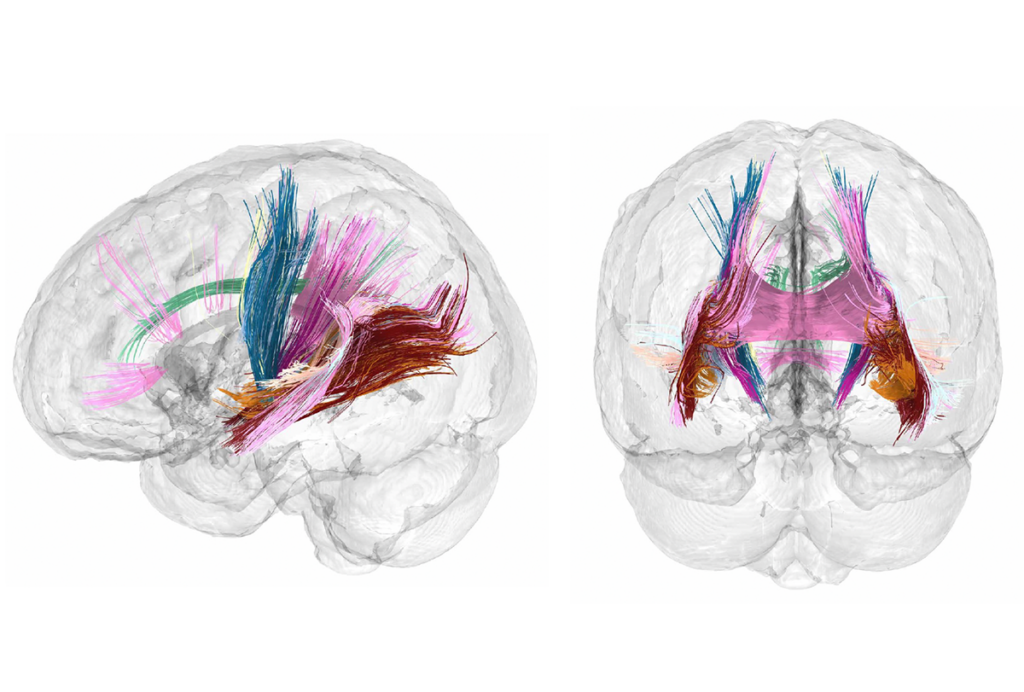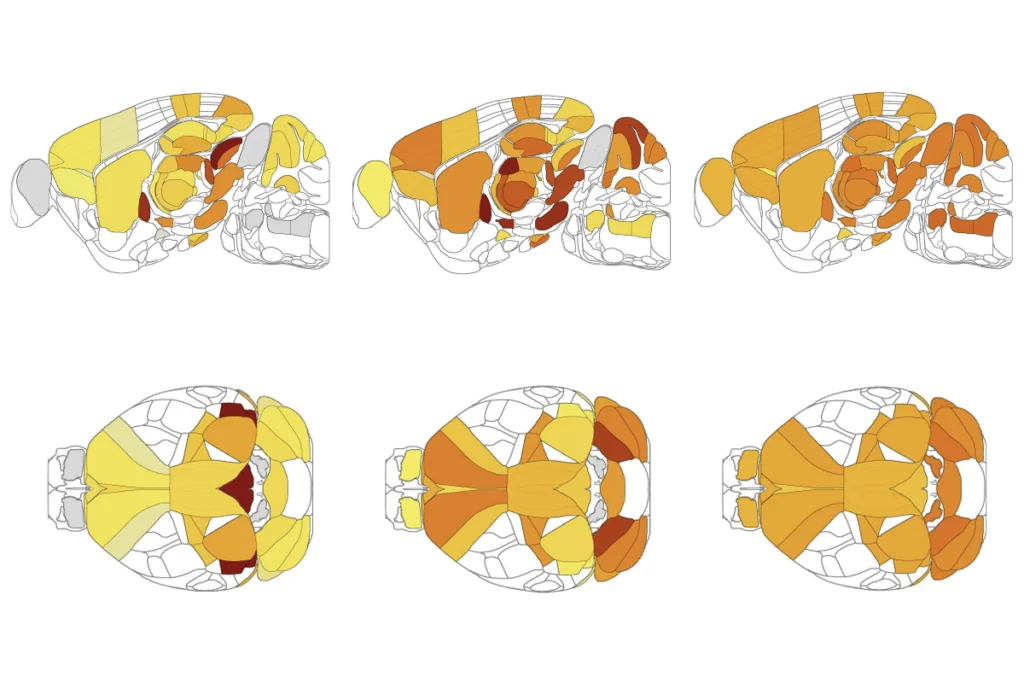In our quest to become an essential resource for neuroscientists, our team of journalists tracks the most noteworthy developments, challenges and debates in the field. The following five stories stood out as staff favorites from the past year. They explore the brain changes that precede childbirth, a reconsideration of dopamine’s link to reward, the identification of a food-aversion circuit, failed replications of a “holy grail” functional MRI method, and a new wave of studies that are trying to capture animal behavior in the wild.
Repeat scans reveal brain changes that precede childbirth
by Shaena Montanari
A detailed look at a “pregnant brain” highlights a need to investigate the neural alterations that occur during a transition experienced by nearly 140 million people worldwide each year.
Reconstructing dopamine’s link to reward
by Angie Voyles Askham
The field is grappling with whether to modify the long-standing theory of reward prediction error—or abandon it entirely.
‘It must be something I ate’ is hardwired into the brain
by Angie Voyles Askham
Feeling sick reactivates “novel flavor” neurons, according to a new study in mice, and points to a dedicated circuit for learning to avoid unsafe food.
Two studies fail to replicate ‘holy grail’ DIANA fMRI method for detecting neural activity
by Calli McMurray
The signal it flags is more likely the result of cherry-picking data, according to the researchers who conducted one of the new studies, but the lead investigator on the original work disputes that conclusion.
Wild and free: Understanding animal behavior beyond the lab
by Shaena Montanari
Technological advancements have made it possible to study animals in more natural settings, but researchers are debating what that really means and whether natural is always better.






